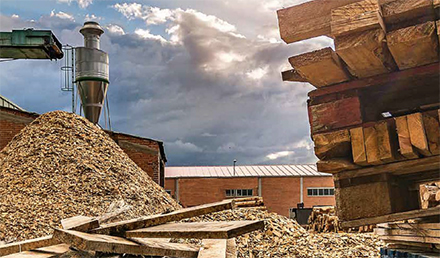The New Zealand wood fibre futures stage one report published recently identifies wood processing technologies that could help drive a high-value and low-carbon economy. Te Uru Rākau (Forestry New Zealand) director sector investment Jason Wilson said the report, by an international consortium led by BioPacific Partners, focused on how New Zealand could build on the forestry industry’s current strengths to create a low-carbon future. Source: Timberbiz
The report identified possible alternatives to concrete and steel, and biofuels made from woody biomass.
“We know forests have a big role to play in carbon mitigation, but forestry can play an even bigger role in both the economy and meeting environmental goals if it is used to create new and innovative high-value, low-carbon products including liquid fuels and replacements for coal,” Mr Wilson said.
“The questions for New Zealand are what products do we need the most, what technologies are available to help us create these, and, importantly, how do we attract investment to make it happen?
“New Zealand is considered one of the best places in the world to do business and we have a large amount of Pinus radiata which gives us a comparative advantage, but we need to start working with technology investors to produce high-value, low-carbon products.”
Mr Wilson said the report identified 15 technologies out of 108 found globally that New Zealand could prioritise and laid out ways to attract investors.
“Both biocrude and liquid biofuels are favoured by investors, have the most potential for export, and are being actively developed globally by high-tech firms.”
Mr Wilson said the report represented the culmination of stage 1 of the project and Te Uru Rākau was now progressing with stage 2.
“Stage 2 focuses on building an attractive investment case and undertaking a detailed feasibility study for the priority technologies. It will involve discussions with key industry partners, including those in forestry, transport, construction, and energy. We are also working closely with other agencies, including the Ministry of Transport and MBIE, to identify policy tools to incentivise investment,” he said.
This next phase of work will come under the umbrella of the Forest and Wood Products Industry Transformation Plan, and as part of the broader Fit for a Better World initiative.
“A high-value low-carbon future for the forestry sector that will deliver economically and environmentally is an exciting prospect and I am looking forward to working with New Zealand industries to achieve this,” Mr Wilson said.
The report is available here to download:Wood Fibre Futures Stage one report






